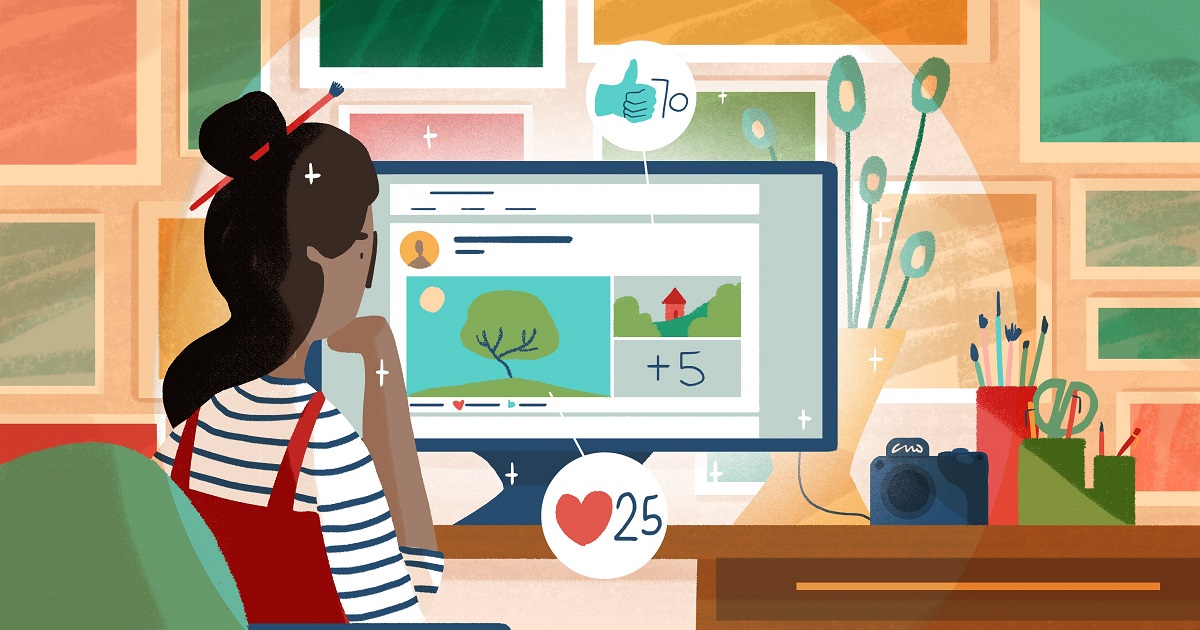As the web becomes more visual and interactive, standing out and being remembered becomes increasingly difficult. Visual content can certainly increase brand engagement and memorization, but only if it creates an effective visual marketing strategy.
First of all, you should start paying more attention to the featured image of your article, because this is what appears in many places, strongly impacting the visibility of your content. Here are some examples:
Regardless of which plugin you are using, the featured image for an article is usually the one that appears under “Related Posts” or “Recommended for You,” which is critical to getting the user deeper into your site.
A featured image is what Facebook and Twitter use to generate an article snippet (unless you’re using specific markup to tell them otherwise).
A featured image can appear in Google SERPs as part of a featured snippet or as a page thumbnail.
Whatever other tools you are using generally relies on a featured image to generate content snippets. For example, I use Alter to help me engage my readers and bring them deeper to my website:
Clearly, your post’s featured image can affect your traffic and engagement, so you really need to focus on creating a unique, well-optimized visual asset for each of your content pieces.
Here are four ways to increase conversions with the featured image of each article:
Use Schema.org to Help Images Show Up in Google SERPs
Google has been displaying image thumbnails on mobile search engine results pages for a few years:
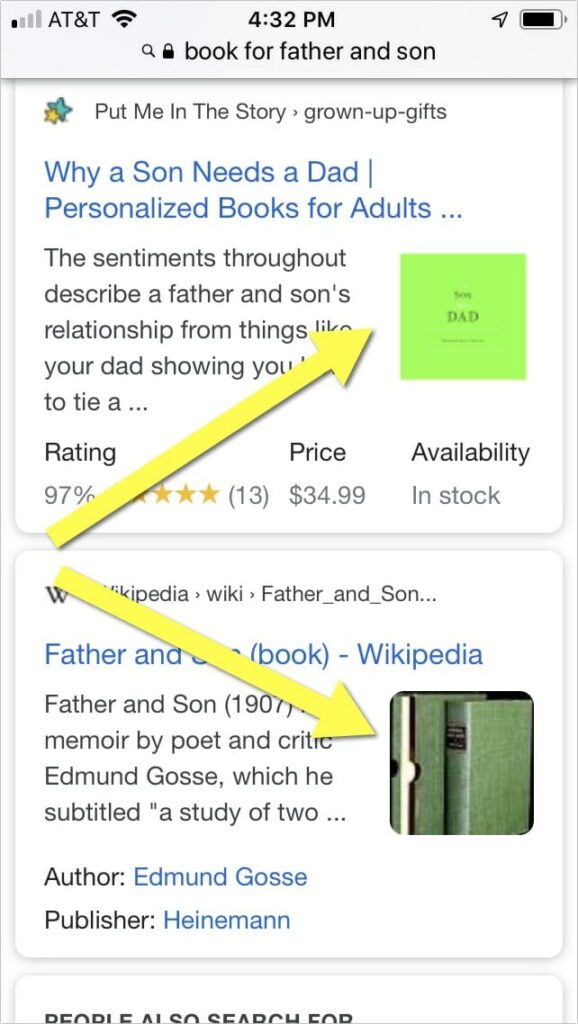
The “visual” SERPs have undergone some updates. The first was in July 2018 and the second in March 2019. In both cases, Google has dramatically increased the number of image thumbnails in mobile search results.
These updates can mean only one thing: Google is satisfied with the performance of the visually improved search results, so we better start taking them seriously.
Google does not offer any guidance to ensure that your identified image reaches the search results for mobile devices, but there are some recommendations that can help:
- Specify thumbnail images by adding the “thumbnail” meta tag in your <head> section of a page.
- If you use AMP (Accelerated Mobile Pages) on your website, your article images will show up in search results based on the Google AMP implementation.
- Use a schema markup that works best for you.
When it comes to content-based layouts and pages (blog posts, news articles, tutorials, etc.), there are only a few types that include images:
Article schema: Here’s the complete guide. Article schemas can be used for almost any type of content-based page and help Google find the featured image for your article.
Recipe: If you are a culinary blogger, using a recipe scheme will allow you to specify the image thumbnail that will be displayed on desktop and mobile SERPs. There are WordPress plugins to help you implement it.
HowTo schema: For step-by-step tutorials, use this structured markup to create a more detailed visual search snippet. A widely used Yoast plugin has the HowTo schema built-in, so you can easily implement the markup if you already have the plugin installed.
Carousels: The carousel tag can be used for any type of list. Google provides many examples and code samples. Here is an example of a list that has a visually enhanced carousel:
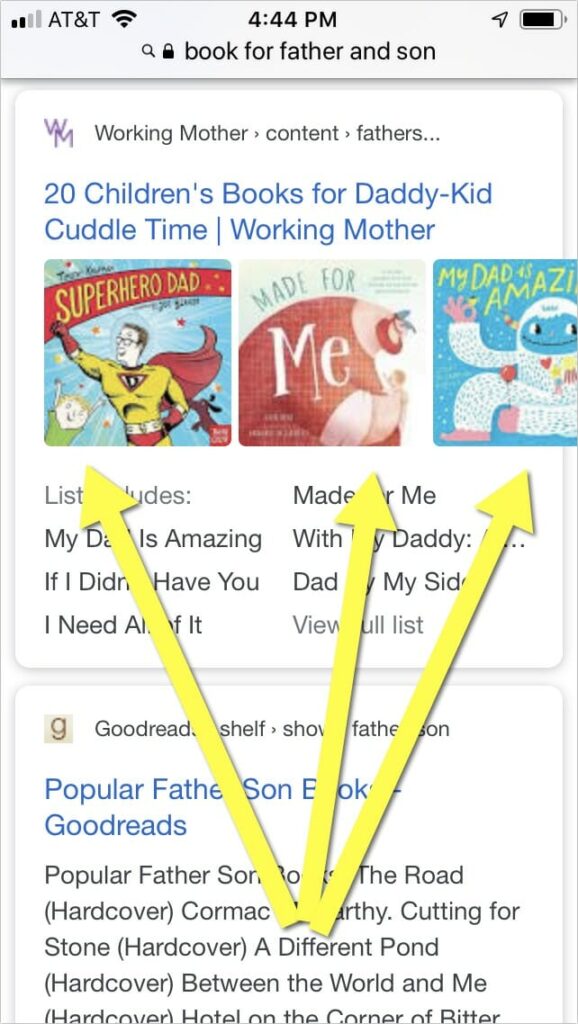
Make Sure that Images Set the Right Expectations
Now that Google search results pages are becoming more visual, using the correct featured image becomes a matter of increasing or losing conversions.
The point is that an image can define a certain expectation and its content corresponding to that expectation is a determining factor for the user to stay (to convert) or leave without a trace.
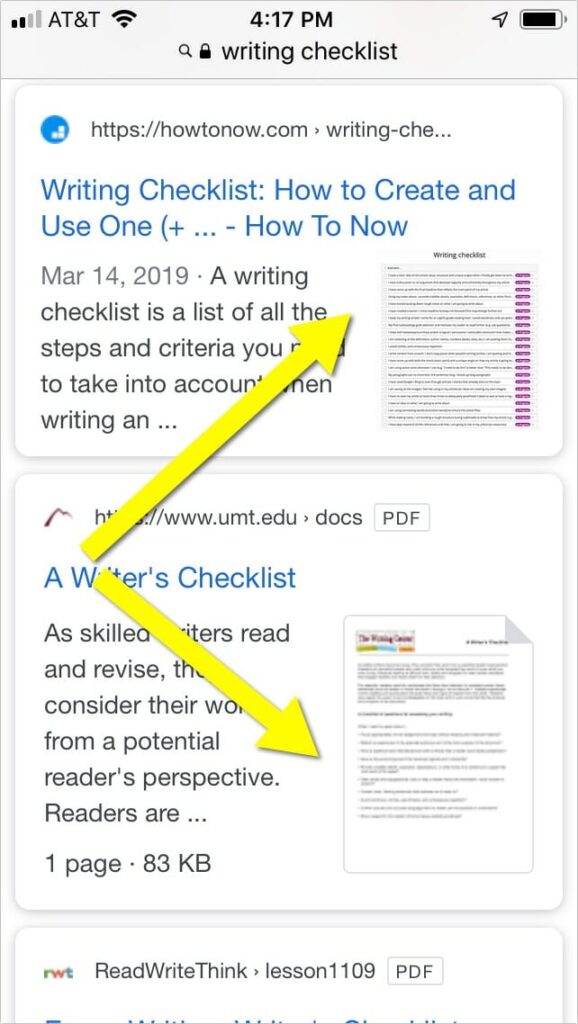
One of the best ways to ensure that your content and featured image match the expectations of search users is to optimize both for search intent.
Using semantic analysis tools, such as Text Optimizer, can help you understand and meet the expectations of target researchers. It uses semantic analysis to generate related concepts to be covered in its content, in order to make it more complete and thus correspond to what researchers are looking for.
This tool also helps you investigate how all of these underlying concepts relate to each other and how to bring them up in the most efficient context:
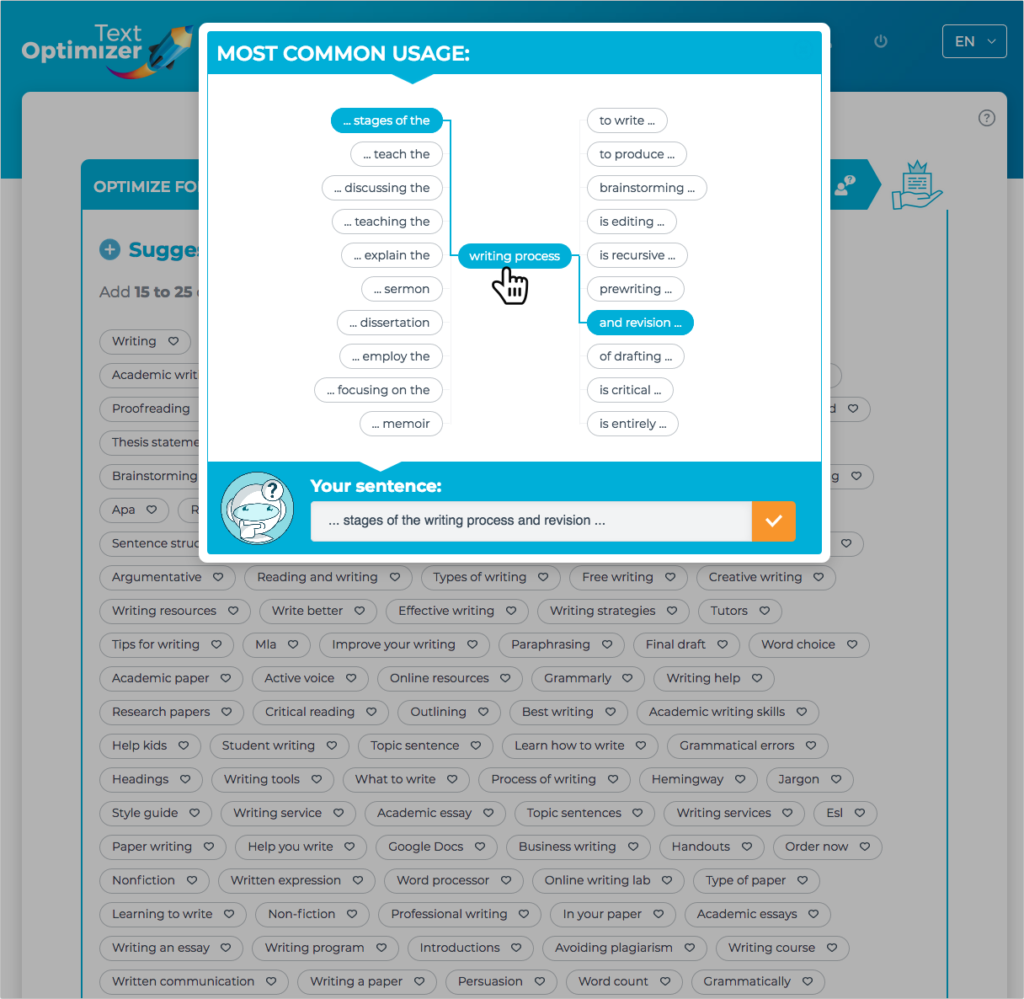
When it comes to optimizing featured images, use a tool like Text Optimizer to create:
- The content of your featured image
- The SEO elements of your featured image (words to be used in the file name, alt text, immediate context, article snippet)
Note: It’s also important to keep an eye on your site’s performance, as images can affect site speed, which is a ranking factor.
Reuse the Image on Social Media
Without a doubt, images can boost your engagement on social media. For example:
- The use of images can increase the number of retweets by up to 150%.
- Eye-tracking studies show that Internet readers pay more attention to images than text.
- Buzzsumo studies show that Facebook posts with images generate 2.3 times more engagement than those without images.
- Jeff Bullas found that image posts on Facebook increase engagement by 37%.
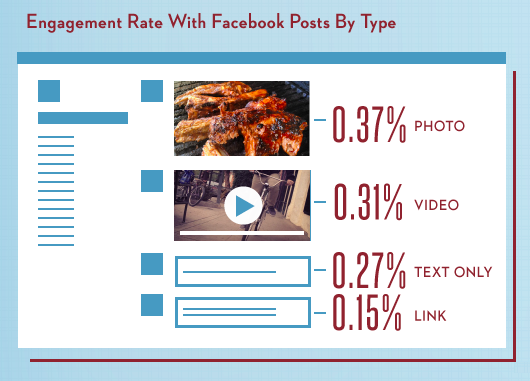
You probably already use a lot of images in social media campaigns (and you probably plan to continue doing so), but do you know how to get even better results with your images on social media? Reuse your featured images on social media constantly to increase brand awareness.
You see, in our age of multi-channel marketing, where brands are expected to be everywhere at the same time, it is difficult to generate recognition. Web users simply navigate from one link to another and from one platform to another, without remembering where they left off.
So the key to making them pause on your page to read more and convert is to make them remember you. To achieve this:
- Create a consistent branding style for all featured images on your site (add your logo, use recognizable brand color palettes, use a consistent font).
- Use the same images across channels (people will see your image in search results, then write it on your page and see it on Twitter – eventually, they will remember it).
Consistency is the key.
Unfortunately, various channels use different image dimensions, so you must tailor your image for each channel.
Snappa is a great tool that makes it easy to reuse featured images elsewhere. I save all my images there and whenever I need the same image in a different format, I just click the “Resize” button to instantly create a new version:
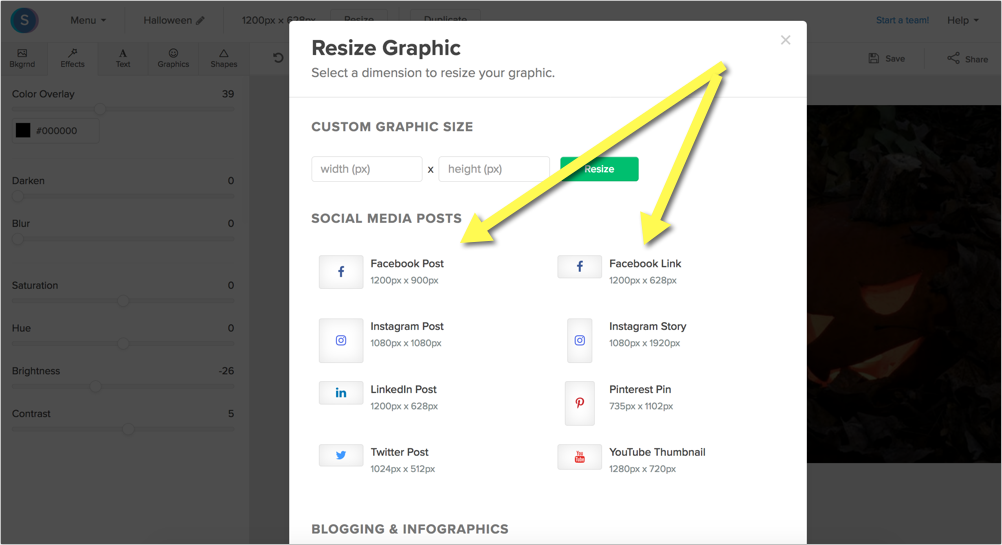
For example, going from this featured image to a friendly Instagram Story image took a second:
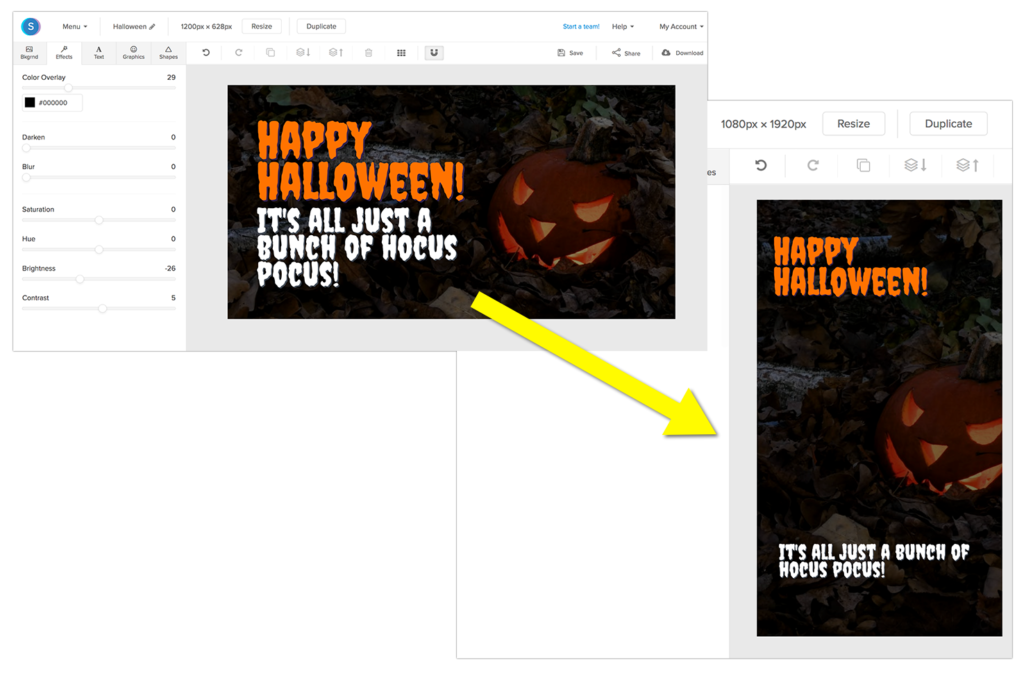
Takeaways
As Google’s search engine results pages become more visual, the images you use in your content have become crucial to your visibility on the web. Images that appear in Google SERPs affect click-through rates and set expectations, so make sure your featured image stands out and creates the right impression.
Use relevant layout tags to help Google choose the correct image to display in your search snippet.
Choose (or create) an image that best represents your content and encourages a click (for example, avoid creating “link-triggering” images, as people will be disappointed when accessing your page and will likely leave forever).
Make sure your image matches the search intent. This is the best way to ensure a high page engagement and click-through rate.
Re-usethe featured image of your article on social media. Tools like Snappa allow you to quickly resize any image to meet the requirements of any social media platform (or best practices).
Reuse your article’s featured image in remarketing campaigns on your own website and Facebook to re-engage those visitors who couldn’t convert (or chose) when they first visited your page.
Good luck!
